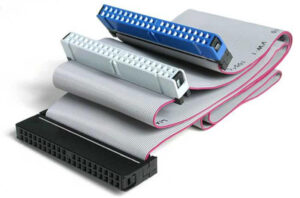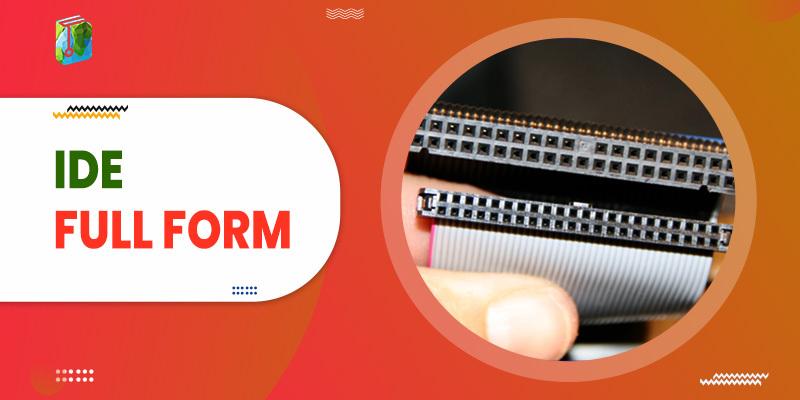The full form of IDE is Integrated Development Environment.
What is an IDE?
An IDE is a type of software application that gives comprehensive sources to computer developers for developing software programs.
Using an integrated development environment allows software developers to streamline the coding process, ensuring accurate testing at all steps along the way, and often shortens the development time while assuring the highest quality product for their clients.
This ensures that a program developer’s productivity is increased by combining common activities of writing software into a single application: editing source code, building executables, and debugging. They must choose the IDE based on several different factors, such as the languages that the IDE can handle, the operating system on which it runs, the cost of the IDE, etc.
An integrated development environment contains several different tools that help developers streamline the design and creation processes of software and apps. The most common ones generally include the following:
- Editing Source Code: This writing tool includes features like syntax highlighting and autocomplete.
- Syntax highlighting: Keywords with special meanings are highlighted in different colors.
- Autocomplete: IDE can anticipate the next words.
- Building executables: IDEs provide automated build processes for languages, so the act of compiling and executing code becomes easy.
- Debugging: IDEs provide debugging tools that allow programmers to examine and inspect different variables in their code deliberately.
- Coding on computer: The IDE allows you to write and run Java programs on your computer.
Some integrated development environments may be standalone programs that need to be installed directly on a machine or server; others may operate via the software as a service (SaaS) route. Cloud-based IDEs provide advantages such as access from anywhere in the world and from multiple devices rather than a single machine.
Some of the most popular IDEs available in the market include the following:
- VisualStudio
- NetBeans
- Eclipse
- Windows PowerShell
- Komodo
- Aptana
- Blackadder
- CodeRun
- ShiftEdit.
IDE – Integrated Drive Electronics
IDE is an abbreviation for Integrated Drive Electronics. An IDE is an electronic interface that connects the data paths on a computer motherboard to the computer’s disc storage devices.

-
- The American National Standards Institute (ANSI) adopted IDE as a standard in November 1990. The ANSI name for IDE is Advanced Technology Attachment (ATA).
- Initially, IBM introduced IDE with a 16-bit interface to connect two devices to a single ribbon cable.
- Nowadays, the IDE controller is often built into the motherboard of the computer. But before the IDE drive, controllers were separate external devices. Hence, IDE reduced problems associated with storage devices and integrated controllers.
- The development of IDE increases data transfer rate (DTR) speed and reduces storage device and controller issues.
- Most personal computers (PCs) contain a hard drive and CD-ROM connections. The hard drive uses a cable and connects to the motherboard via the primary IDE connector, whereas the CD-ROM drive and other storage devices share one IDE cable.

